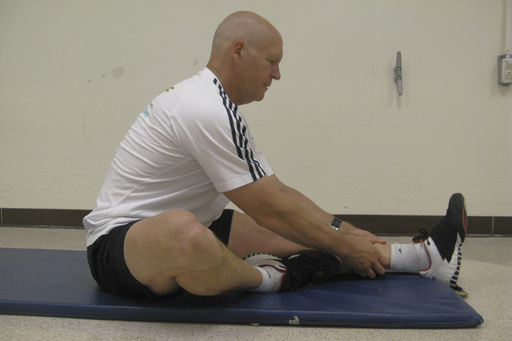Many individuals have experienced the evolution of advice regarding stretching throughout their high school gym class days. Initially, the norm was to reach for toes before exercise, but with time, experts suggested that stretching should occur post-workout.
According to David Behm, a human kinetics researcher at Memorial University of Newfoundland in St. John’s, Canada, the key is to incorporate both warm-up activities and stretching for optimal results. Behm insists on engaging in a light aerobic warm-up such as jogging, walking, or cycling for five to ten minutes before delving into static stretching.
Behm stresses the importance of keeping stretching routines to approximately one minute per muscle group to avoid fatigue. Additionally, he notes that stretching should not be limited to traditional methods; activities like resistance training can effectively enhance flexibility and range of motion.
It is crucial to avoid overstretching, especially to the point of pain, post-exercise when muscles are warm to prevent injury. Behm also recommends using foam rollers to aid in muscle recovery and increase range of motion.
For individuals engaging in sports activities, Behm suggests incorporating static stretching before the game to reduce the risk of muscle and tendon injuries. Ensuring flexibility on both sides symmetrically is also essential to prevent potential harm. Behm sheds light on the varying advice concerning stretching, attributing the confusion to studies that may not reflect real-life scenarios or are primarily focused on elite athletes rather than the general population.


